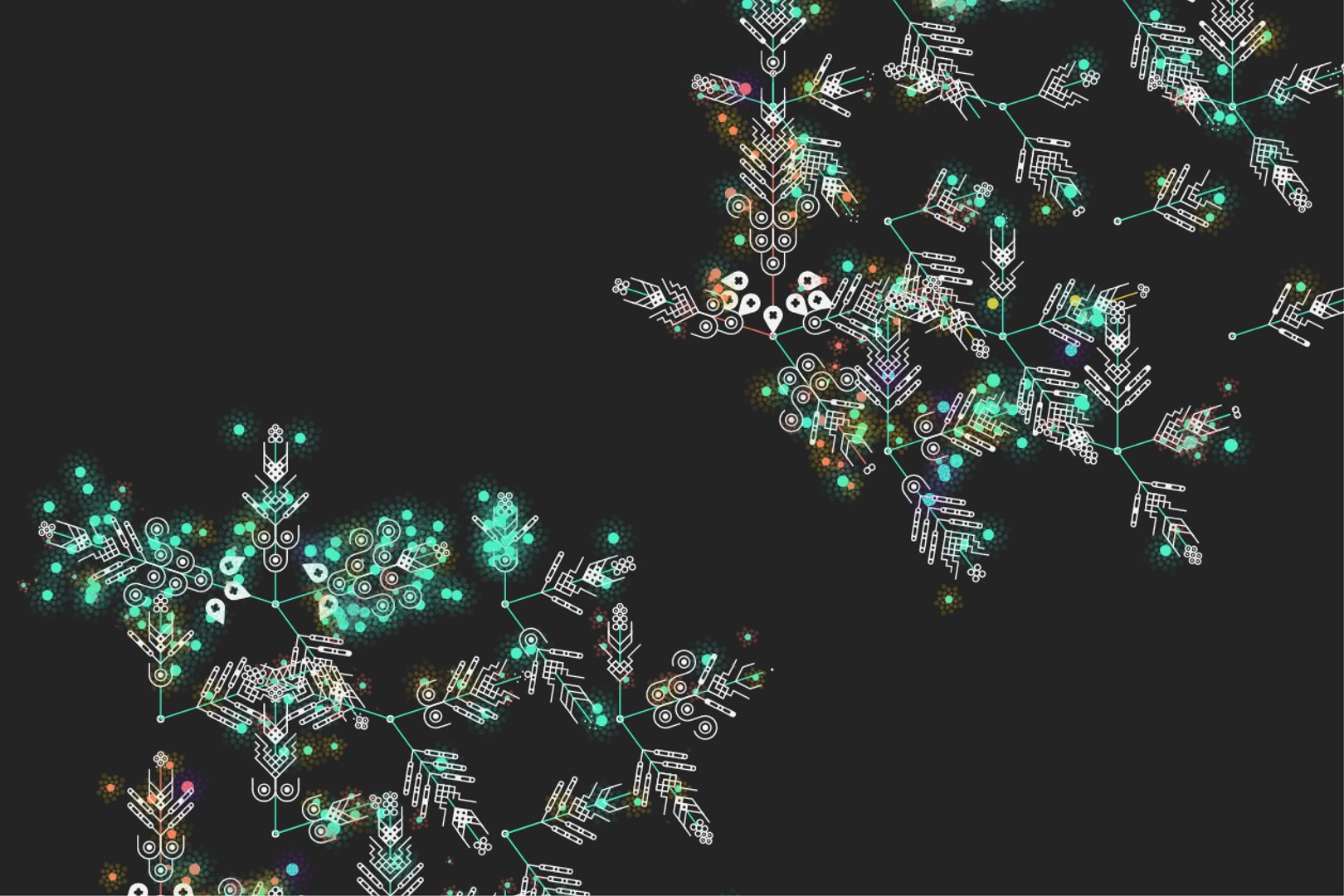“Field of Leaves: An Interactive Installation Sprouting Leaves Out of Public Money” by Silva, Lopes, Martins and Machado
Conference:
Type(s):
Title:
- Field of Leaves: An Interactive Installation Sprouting Leaves Out of Public Money
Presenter(s)/Author(s):
Entry Number: 11
Abstract:
Field of Leaves is an interactive installation that depicts public contracts held in Portugal and their distribution over its five regions and two autonomous regions. The installation presents information about the public contracts available at the online portal of public procurements called Portal Basegov. The installation attempts to advocate the importance and advantages of aesthetics in first-time audience engagement, and how user interaction and hedonic qualities can heighten the user’s curiosity and promote more lasting explorations with a visualization.
References:
C. Chen. 2005. Top 10 unsolved information visualization problems. IEEE computer graphics and applications, 25(4), 12–16.Google Scholar
M. J. Danziger. 2008. “Information visualization for the people.” PhD Thesis, Massachusetts Institute of Technology, Department of Comparative Media Studies.Google Scholar
S. Diefenbach, N. Kolb, and M. Hassenzahl. 2014. The hedonic in human-computer interaction: history, contributions, and future research directions. In Proceedings of the 2014 conference on Designing interactive systems (pp. 305-314).Google Scholar
P. Dourish. 2004. Where the action is: the foundations of embodied interaction. MIT press.Google ScholarDigital Library
M. Hassenzahl, A. Platz, M. Burmester, and K. Lehner. 2000. Hedonic and ergonomic quality aspects determine a software’s appeal. In Proceedings of the SIGCHI conference on Human factors in computing systems (pp. 201–208).Google ScholarDigital Library
S. Heijdens. 2017. Lightweeds. http://www.simonheijdens.com/indexbig.php?ENGINE=project&name=Lightweeds Accessed: 2022-04-13Google Scholar
A. Lau, and A. V. Moere. 2007. Towards a model of information aesthetics in information visualization. In 2007 11th International Conference Information Visualization (IV’07) (pp. 87-92). IEEE.Google Scholar
T. Martins, P. Machado, and A. Rebelo. 2013. The garden of virtual delights: Virtual fauna for a botanical garden. In ACM SIGGRAPH 2013 Posters (pp. 1-1).Google Scholar
D. A. Norman. 2004. Emotional design: Why we love (or hate) everyday things. Basic Civitas Books.Google Scholar
J. Y. Ong. 2019. Aeolian traces: listening to the resonances of wind and human migration. In ACM SIGGRAPH 2019 Art Gallery (pp. 1-6).Google ScholarDigital Library
Z. Pousman, J. Stasko, and M. Mateas. 2007. Casual information visualization: Depictions of data in everyday life. IEEE transactions on visualization and computer graphics, 13(6), 1145–1152.Google Scholar
R. Quintas, and J. Sandoval. 2019. News Feed. https://www.rudolfoquintas.com/News-Feed Accessed: 2022-04-13Google Scholar
A. Richardson. 2017. Data-driven graphic design: Creative coding for visual communication. Bloomsbury Publishing.Google Scholar
J. Sandoval. 2019. Dance of the Cosmos. https://joansando.com/DansaCosmos Accessed: 2022-04-13Google Scholar
P. Silva, P. Martins, and P. Machado. 2020. Money Leave (s) Portugal: an Aesthetic Exploration of Public Investments. In 2020 24th International Conference Information Visualisation (IV) (pp. 132–139). IEEE.Google Scholar
B. Shneiderman. 2003. The eyes have it: A task by data type taxonomy for information visualizations. In The craft of information visualization (pp. 364–371). Morgan Kaufmann.Google Scholar
TeamLab. 2018. The Infinite Crystal Universe. https://www.teamlab.art/ew/infinite_crystaluniverse_macao/macao/ Accessed: 2022-04-13Google Scholar
H. Van der Heijden. 2004. User acceptance of hedonic information systems. MIS quarterly, 695–704.Google Scholar
F. B. Vi?gas, and M. Wattenberg. 2007. Artistic data visualization: Beyond visual analytics. In International Conference on Online Communities and Social Computing (pp. 182-191). Springer, Berlin, Heidelberg.Google Scholar





